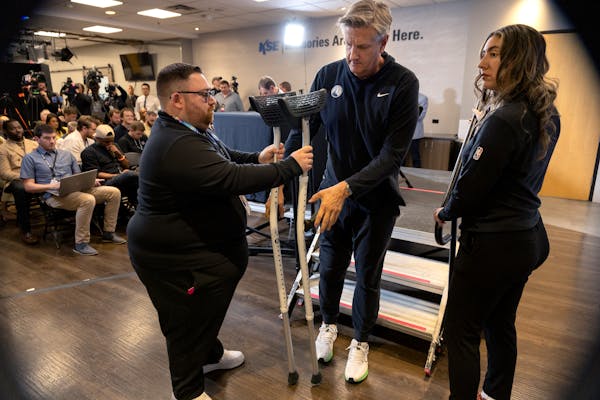Ask any young person about student debt and you're likely to hear some combination of frustration, exasperation and desperation. Every year, the data show the problem getting worse. Hope for a solution seems fleeting. Or, at least it did.
U.S. Sen. Bernie Sanders has taken the idea of forgiving student debt and making college attendance free to the mainstream. Some polls shows most Americans now support free public college and canceling student debt.
Young people are caught between the expectation that getting a college education will give them the best chance for prosperity and the fact that the cost of it has been rising rapidly for years.
A 2017 study from the Economic Policy Institute found the earnings gap between college graduates and those who just graduated from high school is at its highest point ever.
No, not everyone needs or wants a degree. There are still jobs that offer good pay and benefits and don't require one. Yet these jobs aren't as abundant as they used to be. For many, a college degree is increasingly necessary to get ahead.
But that degree comes at an increasingly steep cost. And the wages you make after college may not be enough to keep up.
Millennials are on track to become the first generation in modern American history to make less money than their parents did. They're buying houses later and at a lower rate, delaying starting a family longer and saving less for retirement.
Meanwhile, college tuition has risen six times faster than inflation since 1970. Without a significant change to the public policies creating this dynamic, young people — as well as the rest of us — are screwed.
Student debt now tops $1.6 trillion nationally, with the average college graduate leaving school nearly $30,000 in debt. Many leave school with two, three or four times this sum. Many parents and grandparents have taken on comparable burdens co-signing loans in an effort to help their kids.
It's easy to imagine a young person with a huge student debt who is struggling and often failing to get by turning their frustration inward. Squeezed between low wages, expensive loan payments and high rents, they look in the mirror and see a failure. This could explain why anxiety and depression rates are so high among young people today.
In the wealthiest country in the world, you shouldn't have to take on tens of thousands of dollars of debt just to start your working life. There's more than enough wealth in this country to support free or affordable higher education for all — it's just concentrating into fewer and fewer hands at a dizzying rate.
Investing in debt relief for students would have an enormously beneficial democratizing effect for young people and median earners. It would also be beneficial for the broader society. After all, student debt is different from credit card or auto loan debt.
More education has the added benefits of a better-informed citizenry, a necessity for democracy. And it forms the basis for a more advanced economy able to better address the growing crises of climate change and economic inequality. Debt-financed cars or televisions don't quite have the same potential for broad social uplift.
And for the families of those going to school, there's the obvious benefit of a potentially better job.
Resolving the crises of debt and inequality will take a lot more than debt relief for young people. For that reason, younger voters are also gravitating toward "Medicare for All" and job-creating policies like the Green New Deal.
Yet debt relief would make an enormous impact, and much sooner.
Josh Hoxie is an associate fellow at the Institute for Policy Studies. He wrote this article for InsideSources.com.

BWCA's future likely hinges on election
Saving the dinosaurs: Why there's a future for community newspapers
Readers Write: Gun storage laws, Uber and Lyft, 24/7 businesses, the pipe organ


